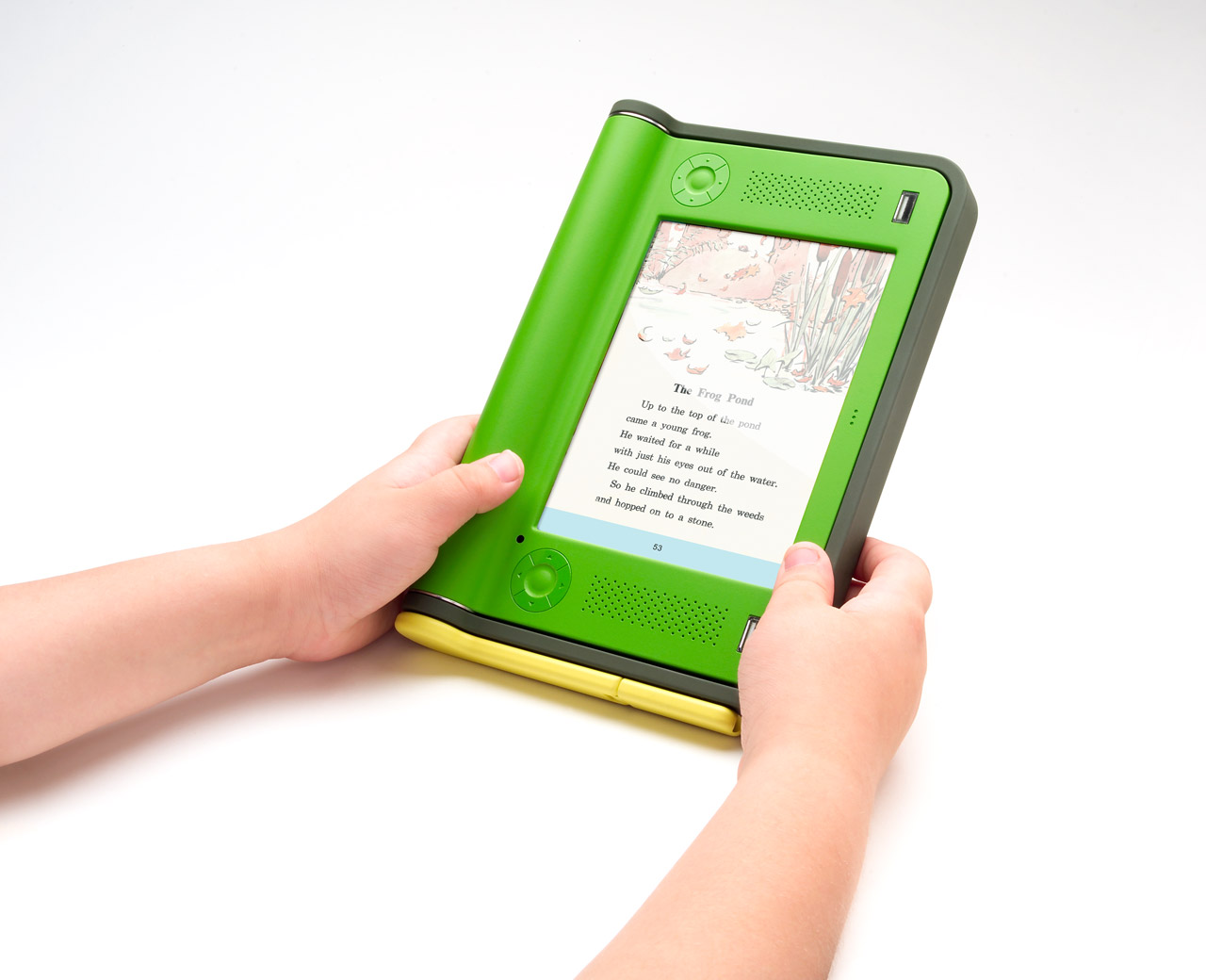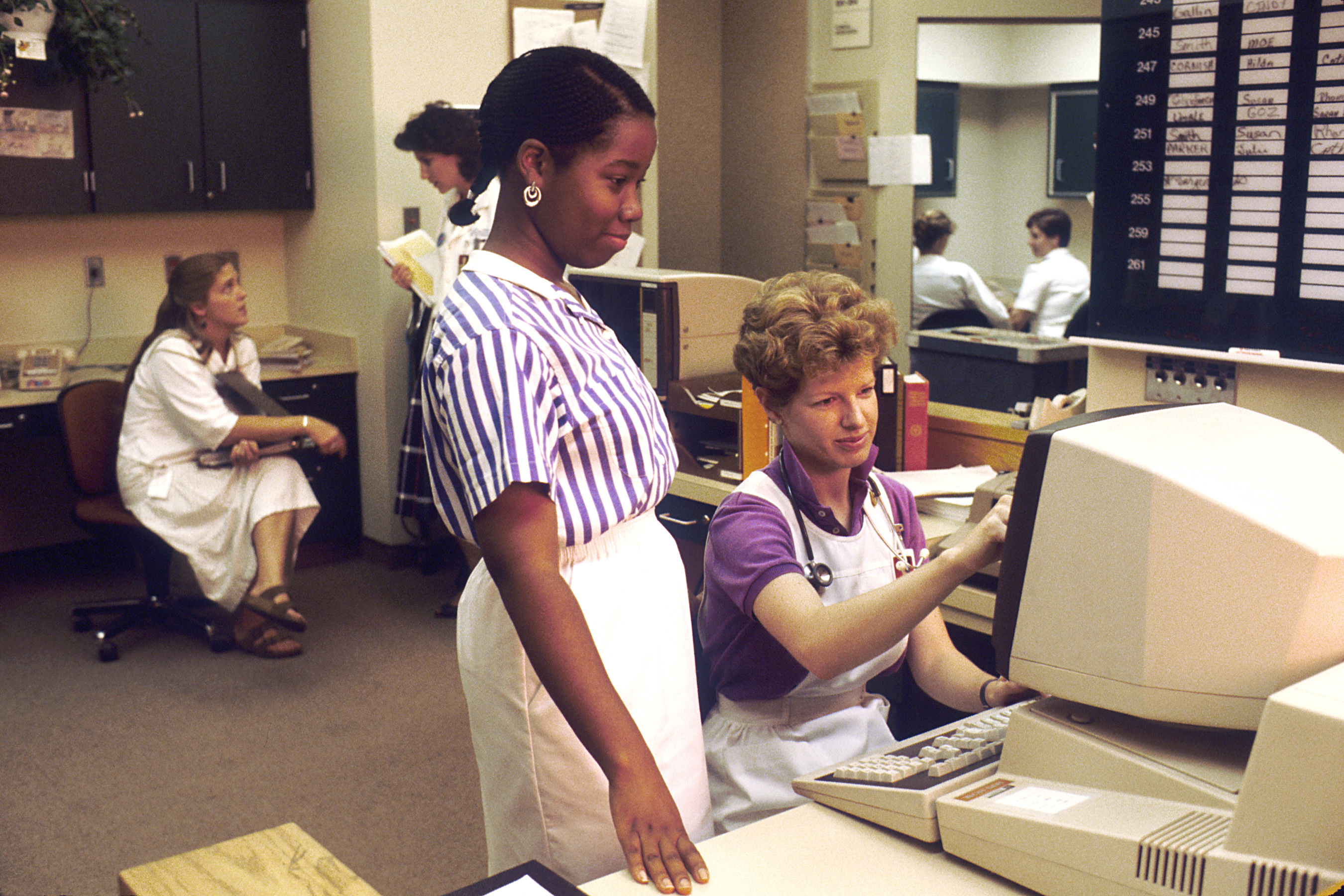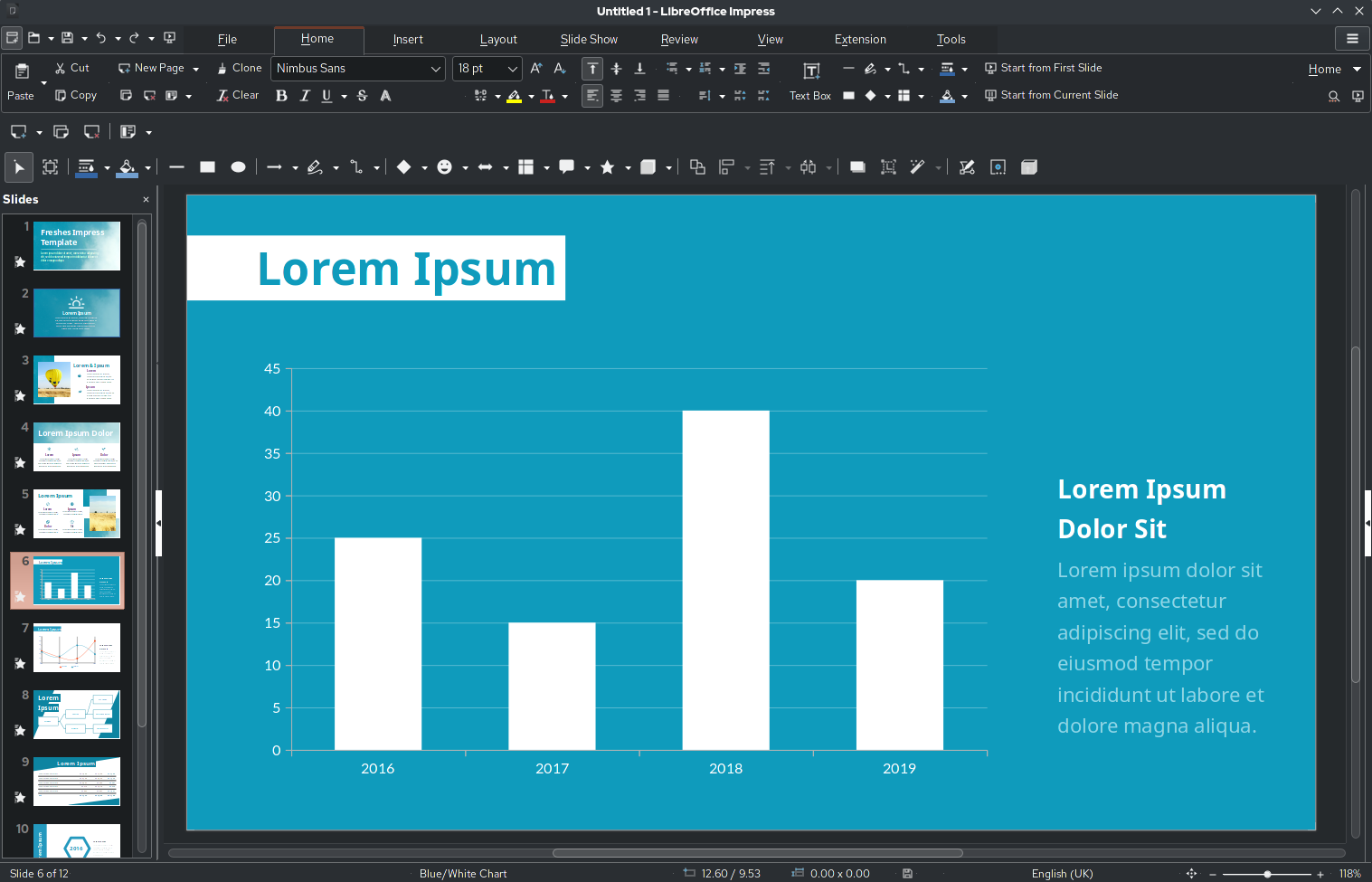|
Pagination
Pagination, also known as paging, is the process of dividing a document into discrete page (paper), pages, either electronic pages or printed pages. In reference to books produced without a computer, pagination can mean the consecutive page numbering to indicate the proper order of the pages, which was rarely found in documents pre-dating 1500, and only became common practice c. 1550, when it replaced foliation, which numbered only the front sides of wikt:folio, folios. Pagination in word processing, desktop publishing, and digital typesetting Word processing, desktop publishing, and typesetting, digital typesetting are technologies built on the idea of print as the intended final output medium, although nowadays it is understood that plenty of the content produced through these pathways will be viewed onscreen as electronic pages by most users rather than being printed on paper. All of these software tools are capable of flowing the content through algorithms to decide the p ... [...More Info...] [...Related Items...] OR: [Wikipedia] [Google] [Baidu] |
Desktop Publishing
Desktop publishing (DTP) is the creation of documents using page layout software on a personal ("desktop") computer. It was first used almost exclusively for print publications, but now it also assists in the creation of various forms of online content. Desktop publishing software can generate layouts and produce typographic-quality text and images comparable to traditional typography and printing. Desktop publishing is also the main reference for digital typography. This technology allows individuals, businesses, and other organizations to self-publish a wide variety of content, from menus to magazines to books, without the expense of commercial printing. Desktop publishing often requires the use of a personal computer and WYSIWYG page layout software to create documents for either large-scale publishing or small-scale local multifunction peripheral output and distribution – although a non-WYSIWYG system such as LaTeX could also be used for the creation of highly structured a ... [...More Info...] [...Related Items...] OR: [Wikipedia] [Google] [Baidu] |
Page Break
A page break is a marker in an electronic document that tells the document interpreter that the content which follows is part of a new page. A page break causes a form feed to be sent to the printer during spooling of the document to the printer. Thus it is one of the elements that contributes to pagination. Form feed Form feed is a page-breaking ASCII control character. It directs the printer to eject the current page and to continue printing at the top of another. Often, it will also cause a carriage return. The form feed character code is defined as 12 (0xC in hexadecimal), and may be represented as control+L or ^L. In a related use, control+L can be used to clear the screen in Unix shells such as bash. In the C programming language (and other languages derived from C), the form feed character is represented as '\f'. Unicode also provides the character as a printable symbol for a form feed (not as the form feed itself). The form feed character is considered whitespace by th ... [...More Info...] [...Related Items...] OR: [Wikipedia] [Google] [Baidu] |
Page (paper)
A page is one side of a leaf (or sheet) of paper, parchment or other material (or electronic media) in a book, magazine, newspaper, or other collection of sheets, on which text or illustrations can be printed, written or drawn, to create documents. It can be used as a measure of communicating general quantity of information ("That topic covers twelve pages") or more specific quantity ("there are 535 words in a standard page in twelve point font type"). Etymology The word "page" comes from the Latin term , which means, "a written page, leaf, sheet", which in turn comes from an earlier meaning "to create a row of vines that form a rectangle".Emmanuel Souchier, "Histoires de pages et pages d'histoire", dans L'Aventure des écritures, Paris, Bibliothèque nationale de France, 1999. . The Latin word derives from the verb , which means to stake out boundaries when planting vineyards. The page in English lexicon Compound words: * Blank page: Multiple meanings. "It's a blank page": An ... [...More Info...] [...Related Items...] OR: [Wikipedia] [Google] [Baidu] |
Experience Design
User experience design (UX design, UXD, UED, or XD) is the process of defining the experience a user would go through when interacting with a digital product or website. Design decisions in UX design are often driven by research, data analysis, and test results rather than aesthetic preferences and opinions. Unlike user interface design, which focuses solely on the design of a computer interface, UX design encompasses all aspects of a user's perceived experience with a product or website, such as its usability, usefulness, desirability, brand perception, and overall performance. UX design is also an element of the customer experience (CX), which encompasses all aspects and stages of a customer's experience and interaction with a company. History The field of user experience design is a conceptual design discipline and has its roots in human factors and ergonomics, a field that, since the late 1940s, has focused on the interaction between human users, machines, and the contextual e ... [...More Info...] [...Related Items...] OR: [Wikipedia] [Google] [Baidu] |
Interactivity
Across the many fields concerned with interactivity, including information science, computer science, human-computer interaction, communication, and industrial design, there is little agreement over the meaning of the term "interactivity", but most definitions are related to interaction between users and computers and other machines through a user interface. Interactivity can however also refer to interaction between people. It nevertheless usually refers to interaction between people and computers – and sometimes to interaction between computers – through software, hardware, and networks. Multiple views on interactivity exist. In the "contingency view" of interactivity, there are three levels: #Not interactive, when a message is not related to previous messages. #Reactive, when a message is related only to one immediately previous message. #Interactive, when a message is related to a number of previous messages and to the relationship between them. One body of research has ... [...More Info...] [...Related Items...] OR: [Wikipedia] [Google] [Baidu] |
End-user
In product development, an end user (sometimes end-user) is a person who ultimately uses or is intended to ultimately use a product. The end user stands in contrast to users who support or maintain the product, such as sysops, system administrators, database administrators, Information technology (IT) experts, software professionals and computer technicians. End users typically do not possess the technical understanding or skill of the product designers, a fact easily overlooked and forgotten by designers: leading to features creating low customer satisfaction. In information technology, end users are not "customers" in the usual sense—they are typically employees of the customer. For example, if a large retail corporation buys a software package for its employees to use, even though the large retail corporation was the "customer" which purchased the software, the end users are the employees of the company, who will use the software at work. Certain American defense-related pr ... [...More Info...] [...Related Items...] OR: [Wikipedia] [Google] [Baidu] |
Presentation Software
A computing, a presentation program (also called presentation software) is a software package used to display information in the form of a slide show. It has three major functions: * an editor that allows text to be inserted and formatted * a method for inserting and manipulating graphic images and media clips * a slide-show system to display the content Presentation software can be viewed as enabling a functionally-specific category of electronic media, with its own distinct culture and practices as compared to traditional presentation media (such as blackboards, whiteboards and flip charts). Presentations in this mode of delivery have become pervasive in many aspects of business communication, especially in business planning, as well as in academic-conference and professional conference settings, and in the knowledge economy generally, where ideas are a primary work output. Presentations may also feature prominently in political settings, especially in workplace politic ... [...More Info...] [...Related Items...] OR: [Wikipedia] [Google] [Baidu] |
Display Technology
A display device is an output device for presentation of information in visual or tactile form (the latter used for example in tactile electronic displays for blind people). When the input information that is supplied has an electrical signal the display is called an ''electronic display''. Common applications for ''electronic visual displays'' are television sets or computer monitors. Types of electronic displays In use These are the technologies used to create the various displays in use today. * Liquid crystal display (LCD) ** Light-emitting diode (LED) backlit LCD ** Thin-film transistor (TFT) LCD ** Quantum dot (QLED) display * Light-emitting diode (LED) display ** OLED display ** AMOLED display ** Super AMOLED display Segment displays Some displays can show only digits or alphanumeric characters. They are called segment displays, because they are composed of several segments that switch on and off to give appearance of desired glyph. The segments are usua ... [...More Info...] [...Related Items...] OR: [Wikipedia] [Google] [Baidu] |
Electronic Paper
Electronic paper, also sometimes electronic ink, e-ink or electrophoretic display, are display devices that mimic the appearance of ordinary ink on paper. Unlike conventional flat panel displays that emit light, an electronic paper display reflects ambient light like paper. This may make them more comfortable to read, and provide a wider viewing angle than most light-emitting displays. The contrast ratio in electronic displays available as of 2008 approaches newspaper, and newly (2008) developed displays are slightly better. An ideal e-paper display can be read in direct sunlight without the image appearing to fade. Many electronic paper technologies hold static text and images indefinitely without electricity. Flexible electronic paper uses plastic substrates and plastic electronics for the display backplane. Applications of electronic visual displays include electronic shelf labels and digital signage, bus station time tables, electronic billboards, smartphone displays, and e ... [...More Info...] [...Related Items...] OR: [Wikipedia] [Google] [Baidu] |
Recording Format
A recording format is a format for encoding data for storage on a storage medium. The format can be container information such as sectors on a disk, or user/audience information (content) such as analog stereo audio. Multiple levels of encoding may be achieved in one format. For example, a text encoded page may contain HTML and XML encoding, combined in a plain text file format, using either EBCDIC or ASCII character encoding, on a UDF digitally formatted disk. In electronic media, the primary format is the encoding that requires hardware to interpret (decode) data; while secondary encoding is interpreted by secondary signal processing methods, usually computer software. Recording container formats A container format is a system for dividing physical storage space or virtual space for data. Data space can be divided evenly by a system of measurement, or divided unevenly with meta data. A grid may divide physical or virtual space with physical or virtual (dividers) borders ... [...More Info...] [...Related Items...] OR: [Wikipedia] [Google] [Baidu] |






